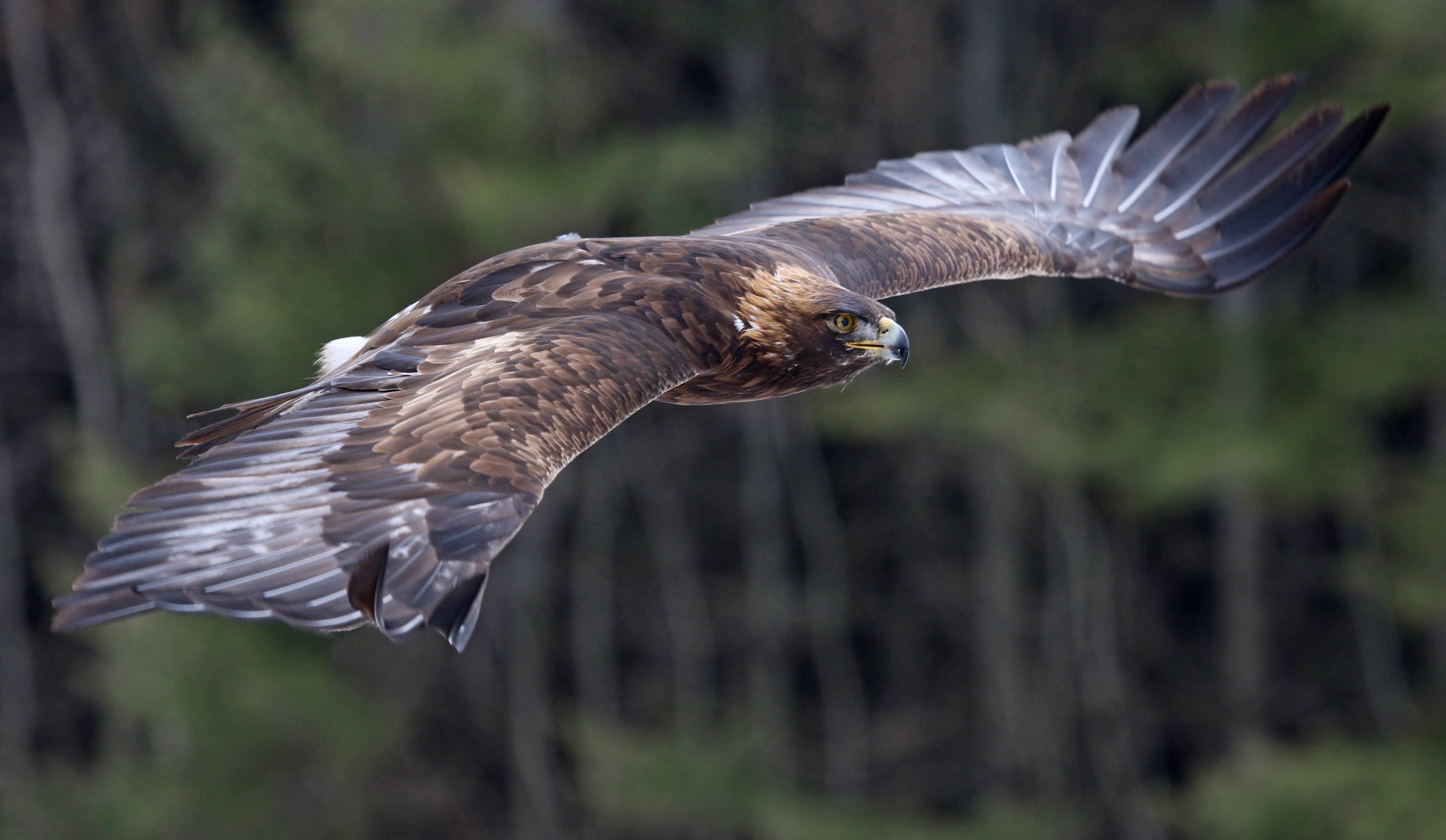
Two recent articles point out the serious limits and negative consequences of wind power.
5/13/17 – Matt Ridley at The Spectator – Wind turbines are neither clean nor green and they provide zero global energy – There are many economic, ecological, and environmental problems with wind power. Author focuses on three issues:
- Tiny portion of total energy consumption provided by wind
- The massive number of new turbines needed just to keep up with growth in energy use, let alone reduce the amount of fossil fuels consumed
- The massive amount of natural resources needed to manufacture that many new turbines
I will summarize the article with my expansion on select points.
Amount of wind production worldwide
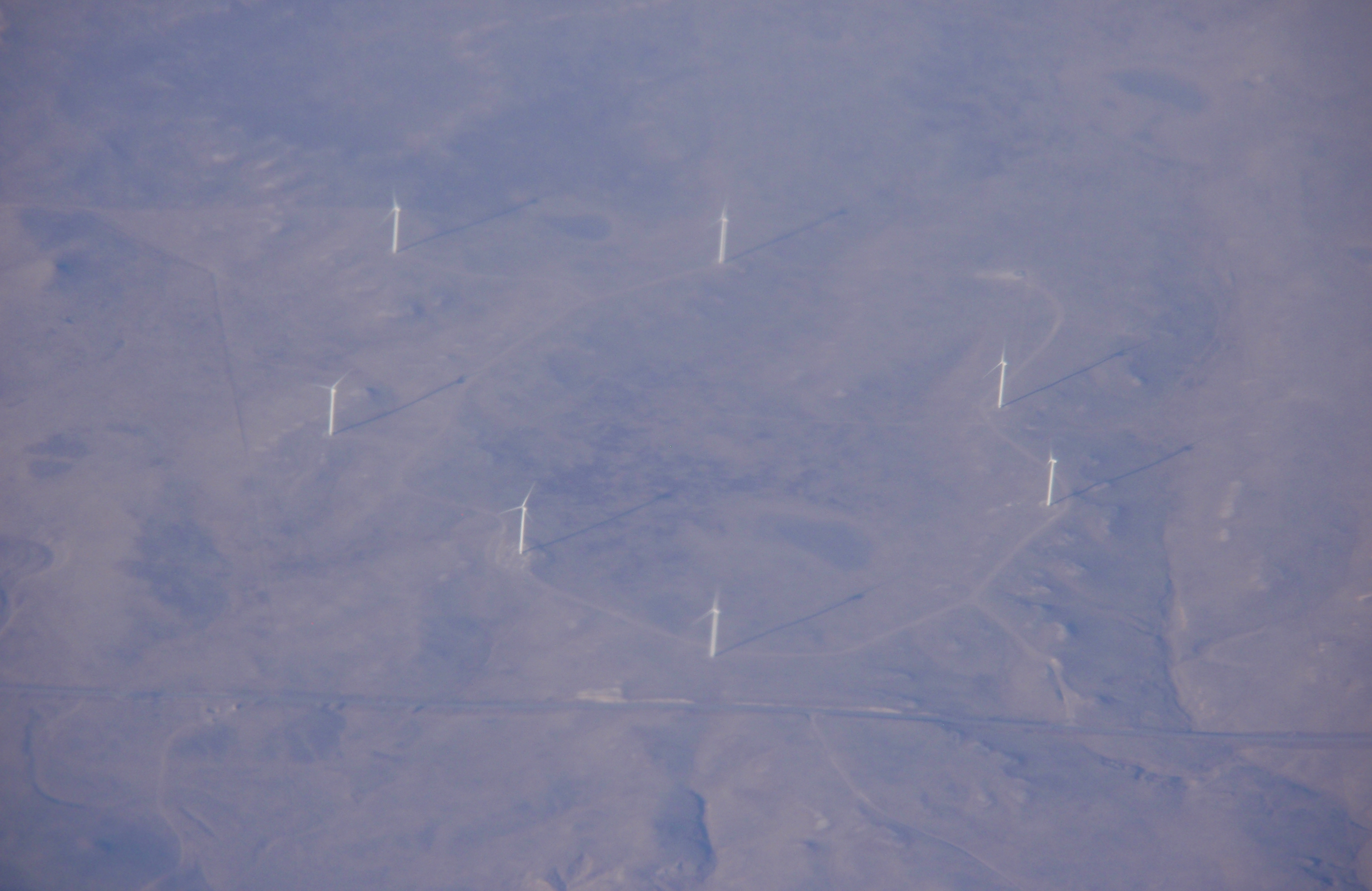
How much of the total consumption of energy across entire planet do you think came from wind during 2014?
Rounded to the nearest whole number, that would be 0%.
Yes, zero percent.
According to a cited IEA report, when carried out to two decimal places we see that in 2014 wind generated 0.46% of global energy while solar & tidal power combined provided 0.35%.
Let me repeat that: rounded to the nearest whole percent wind provided 0% and solar provided 0% of worldwide energy consumption in 2014. When combined, wind, solar, and tidal produced 0.81%, which is rounded up to 1% of worldwide energy consumption.
Article points out another frequently cited statistic is 14% of the world energy is renewable. Article explains one sleight-of-hand in the statistic and there is another trick not addressed. The explained trick is that three-fourths of that electricity is biomass, meaning primarily wood, meaning people burning dung and wood in their homes for cooking, meaning those poor people incur adverse health consequences from having to breathe the output of ‘renewable’ energy instead of enjoying natural gas or coal-fired electricity.
How many turbines would be needed just to meet increased use of energy?
World energy consumption is growing approximately 2% per year and has been doing so for four decades.
Article explores interesting question of how many new wind turbines would be needed every year merely to keep up with the increase in energy consumption. A two-megawatt slice-and-dicer can generate about 0.005 terawatt-hours in a year. To meet the 2,000 TW-hours increase in consumption in 2014 it would require a mere 350,000 new turbines every year, according to the author’s calculations.
To put that in perspective, article says that is 1.5 times as many turbines that have been built across entire planet in the last 15 or 17 years. Merely build out every year somewhere around one and a half times as many turbines that have been built to date and that would be enough to meet the increased energy demand this year. Then do it again next year.
Oh, doing so would not reduce our use of fossil fuels.
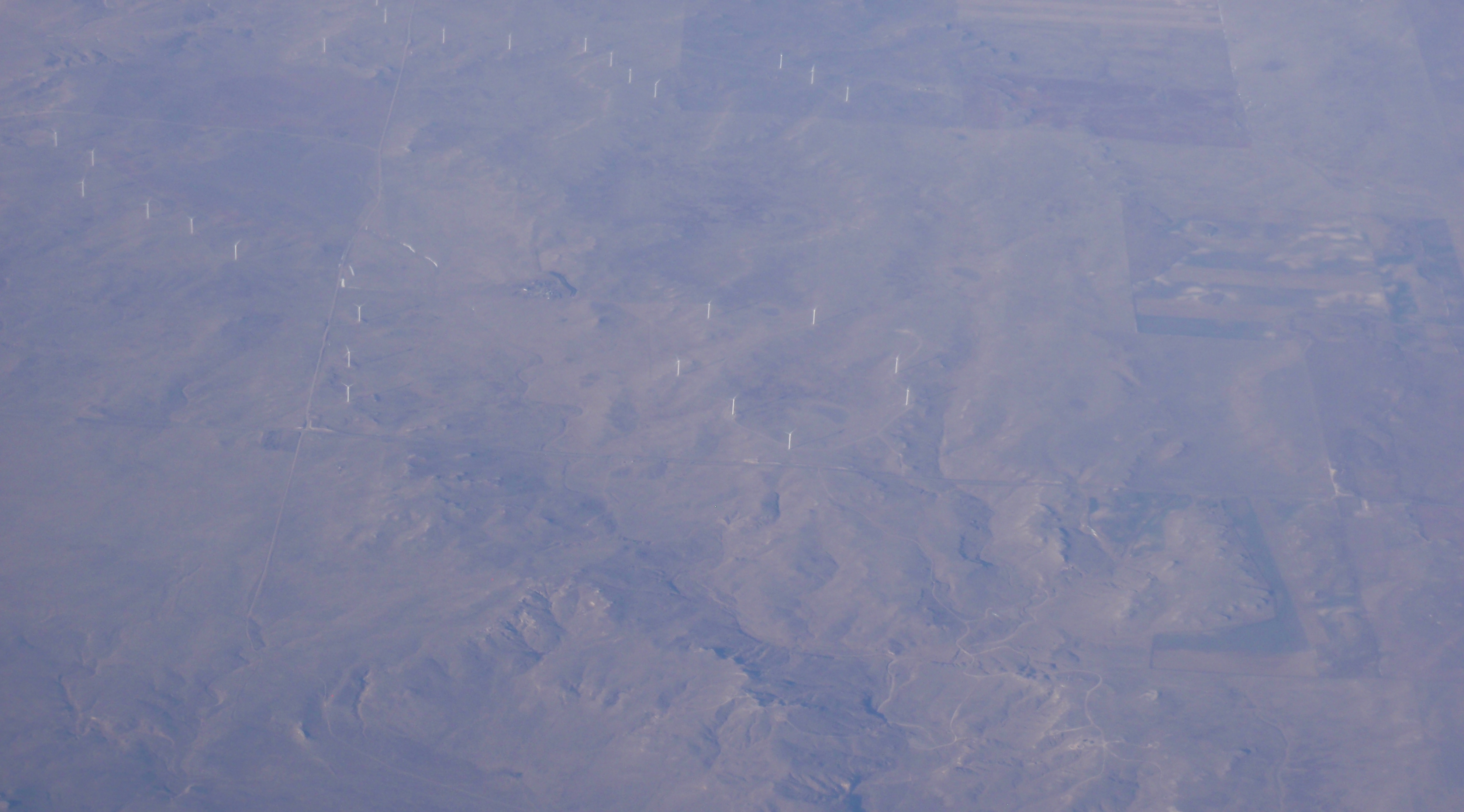
Resources needed to build enough turbines to meet increased demand for energy
So if we were to meet the increased energy demand with exclusively wind power, how much land would that require? Author does some calculations.
At an approximate density of 100 acres per 2MW tower those 350,000 turbines would cover an area equal to the British Isles. Every year.
Author calculates over 50 years meeting our increasing need for energy from wind would require covering an area equal to all of Russia with wind turbines.
Keep in mind that even blanketing the entire country of Russia, or an equivalent amount of land spread out widely, would merely keep up with increases in demand and not do anything to reduce our current reliance on fossil fuels.
Then there is environmental impact.
There are a lot of rare earth minerals inside a turbine. Much of that is mined in Inner Mongolia, producing large amounts of pollution. It is common knowledge that environmental protections in China are, um, not as robust as in the US and Europe. We’re talking lots of radioactive and toxic junk that poor folk in China must endure.
Turbines require a lot of steel along with massive amount of concrete for a base. That takes a lot of energy.
Author calculates a 2MW turbine weighs in at 250 tons when you include the blades, rotor, nacelle, and tower. It takes around 125 tons of coal to produce that much material. Making all the concrete needed for a base to hold the tower requires another 25 tons of coal by the author’s calculation. That means we are up to 150 tons of coal for every one of those turbines that is built.
If we were to use wind power to merely meet the increase in energy consumption needs every year, that would require an additional 50 million tons of coal every year. Author explained that is about one half of the output from coal mining in a year across the European Union.
So here is the question for you to ponder:
If that is the amount of energy, toxic waste, and land needed to just meet our increasing need for energy, how much would be required to actually displace a significant amount of fossil fuels?
Now, a view from other directions on the consequences of wind power.
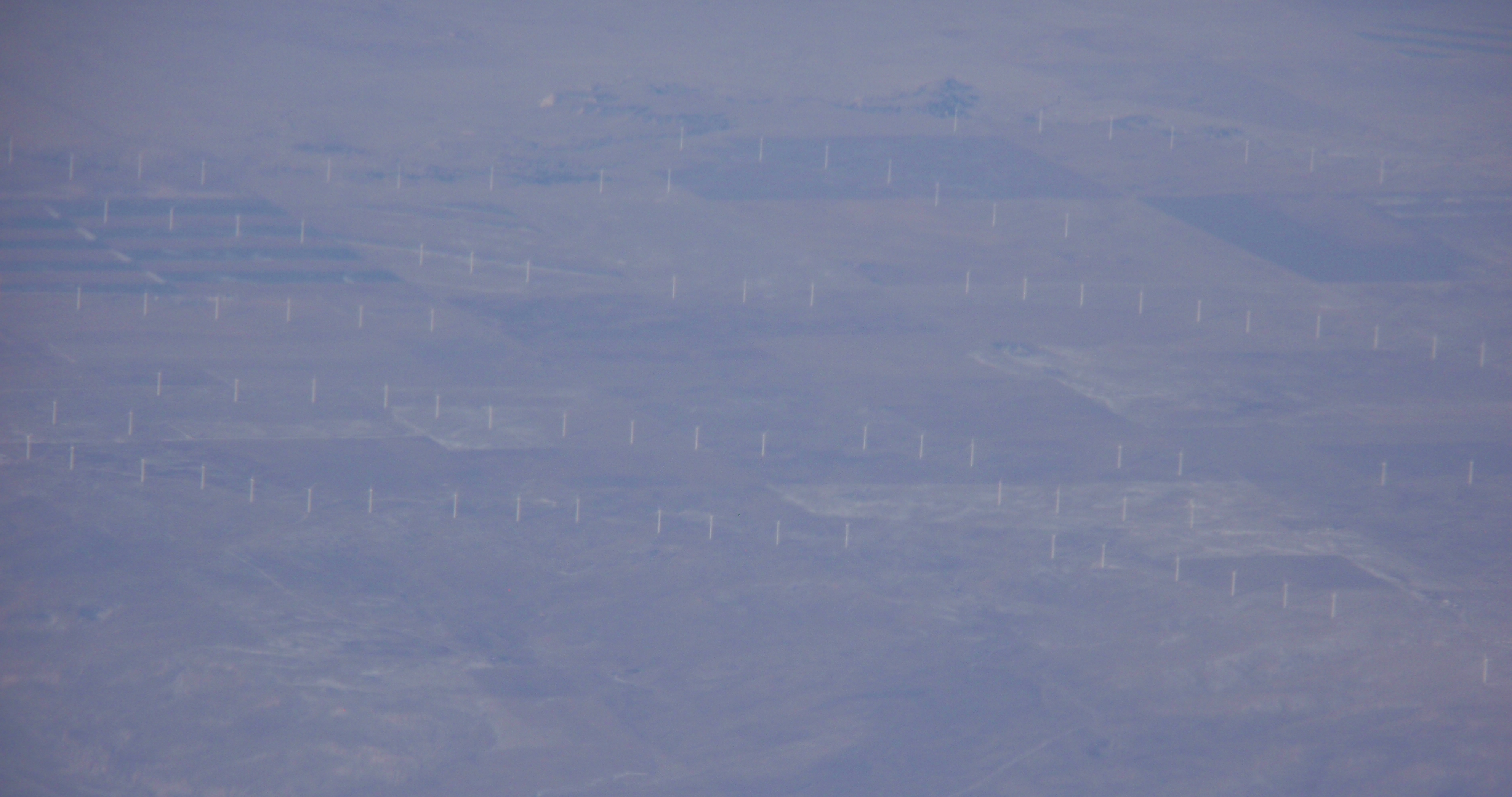
Other problems with wind energy
3/5/17 – Why Not Wind – Wind Myths – An open letter to the editor has multiple explanations of why wind power is a failure. Since the purpose of the letter and the purpose of publishing it on the author’s blog is to get widespread exposure of the comments, I’ll quote a lot.
Installing a thousand or so wind turbines on the beautiful wide-open plains of Wyoming is a good idea in the eyes of the government because they will get a few dollars from the project along with
…dead eagles, loss of open space and destroyed vistas to please people that don’t live in this state.
Letter points out that even though wind advocates claim wind power is economically competitive, a turbine farm will fail if it does not received large tax breaks and artificial demand from customers who are required to buy a certain percentage of their energy from ‘renewable’ sources.
That means the wind industry can only exist with the federal government sharing the costs and artificial demand from customers.
The most amusing critique is at the end. As to the wonderful advances in technology…
In reality, wind is nothing more than “energy trapping”. It’s a throwback to the 19th century.
I’ll up the ante on how ancient the concept may be.
Wikipedia reports that the first practical windmills were in use during the 9th century. That makes the technology around 1,200 years old. Same article says use of wind power was widespread in Europe in the late 1100s and were widespread in the Middle East and Asia before that, thus making the widespread use a thousand years in the past.
The serious downsides, to which massive involuntary subsidies from taxpayers should be added:
The only thing wind does is kill eagles, raise prices, damage numerous ecosystems and help keep people in the dark.
The trouble with the arguable upsides:
There’s nothing to recommend it unless you love paying more for power, believe 400 ft towers on the prairie are “agricultural”, and/or are very poor at math and science. If so, there’s this bridge for sale……
Photo by James Ulvog.
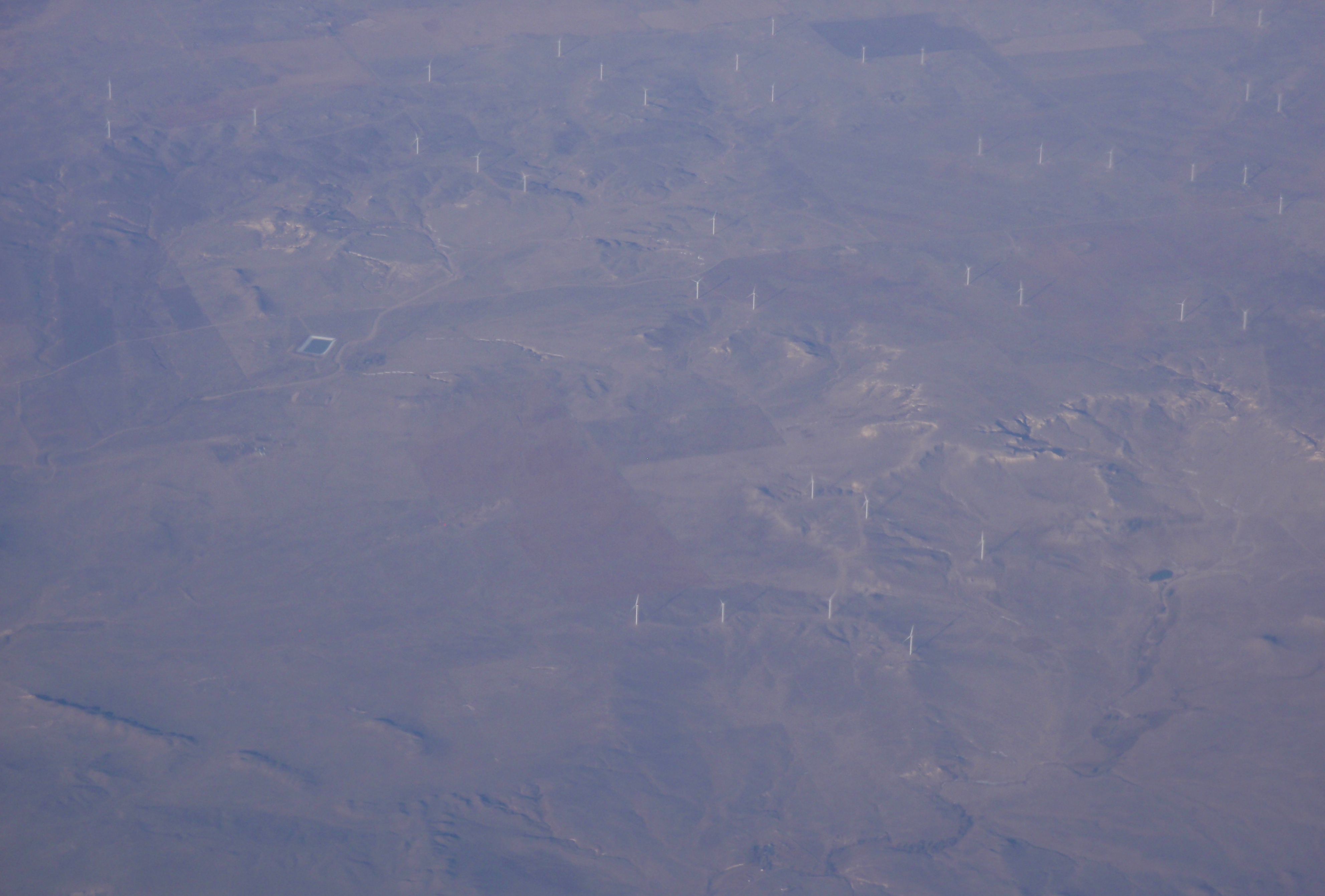
I wanted to clarify my writing about “In reality, wind is nothing more than “energy trappingâ€. It’s a throwback to the 19th century.”
I was referring to actual use of turbines for the generation of electricity. I am reproducing this comment on my blog for further clarification.
Windmills go way back, yes. They are still used for water pumping on the prairies, a use for which they are quite suitable.
Hi Sheri:
Glad to have your comment.
I like the comment on the photo at your blog: “At least one useful activity is going on here”. In the picture there is one oil pumpjack with at least 6 wind turbines in view.
You are quite correct on the suitable use of wind power on a ranch: pumping water for animals is a sound application for an intermittent power source.
Thanks for taking the time to post.
Jim